Author: Richard Heseltine
Photography: Manufacturers/Broad Arrow Auctions
While the British car industry gently weeps, let’s remember the good old days.
Sunbeam Tiger
The insertion of a 4.2-litre (later 4.7-litre) Ford V8 into a Sunbeam Alpine created a fun, if lairy, roadster. Launched in 1964, it has long been dubbed the poor man’s AC Cobra, which is a mite reductive because it was an accomplished machine in its own right. Chrysler’s acquisition of Sunbeam’s parent company ultimately put paid to the Tiger in 1967. Having a Ford-engined car in the range didn’t sit well.
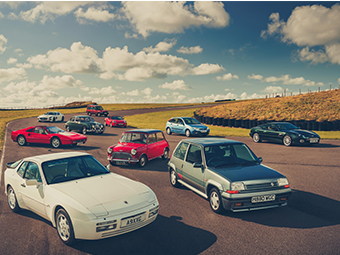
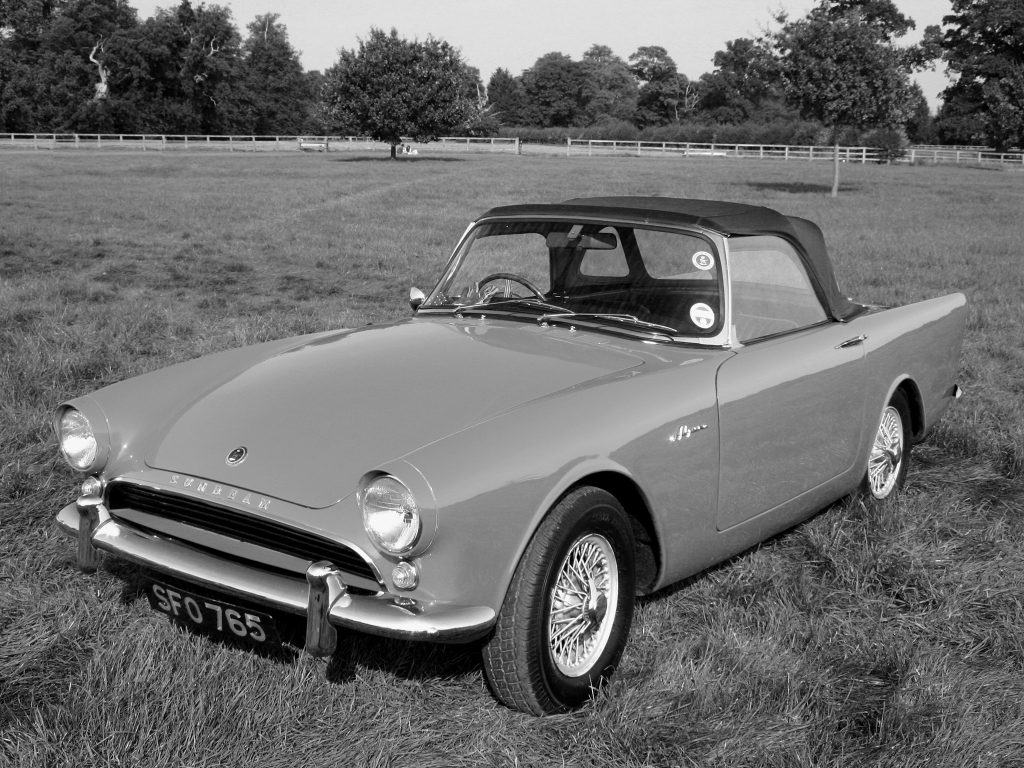
Sunbeam Alpine
Like many British sports cars, the Alpine was in effect a parts-bin special. Basis for the car was nothing more exotic than a Hillman Husky platform that was adapted to fit. The car was launched in 1959 and remained in production until 1968, manufacturing spanning five distinct series. Like its Tiger stablemate, Alpine were also rallied in period, and were campaigned in the 24 Hours of Le Mans.
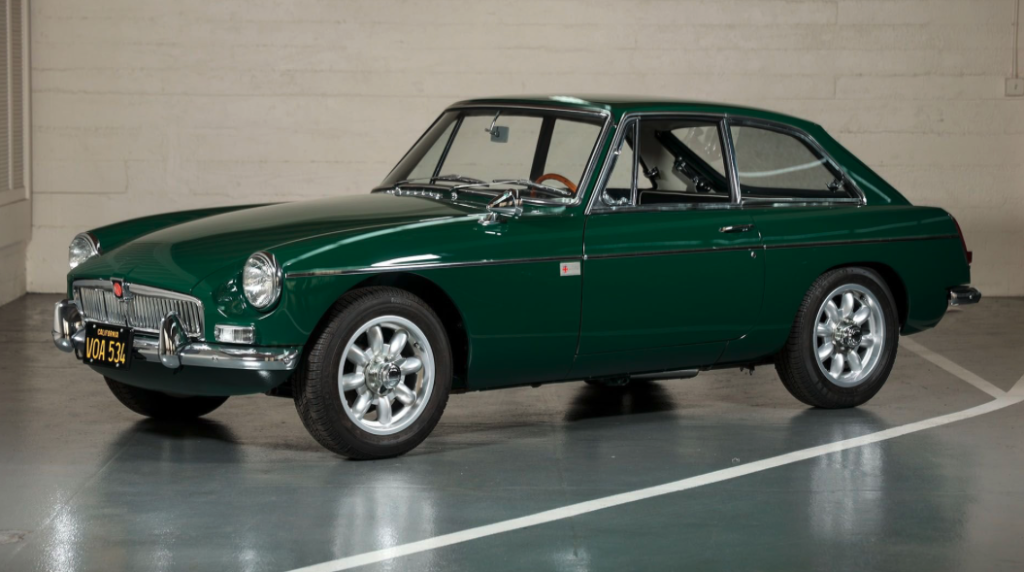
MG MGB
This is about as heartland as classic British sports cars get. Introduced in 1962, the Don Hayter-styled B represented a step-change from the sporting models that bore it, and most of its contemporaries, not least because it employed monocoque construction. Its 1.8-litre B-series four-cylinder unit was just about unkillable, and the arrival of the closed BGT variant in 1965 further broadened its appeal. Sadly, it was rather left to wither in later years, the B in its various guises soldiering on to 1980.
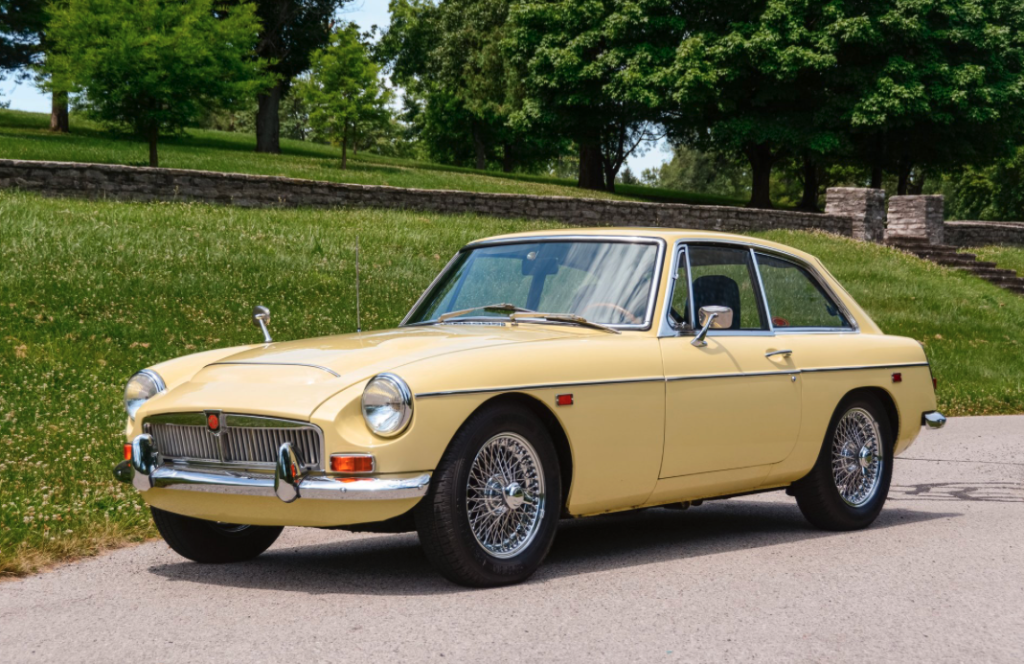
MG MGC
The insertion of a 2912cc straight-six unit into a MGB hull resulted in a different kind of sports car. Introduced in 1967, the MGC was offered in roadster and coupé forms, but it wasn’t rapturously received by the motoring media. Complaints largely centred on the car being nose-heavy, and the model was withdrawn two years later. It wasn’t a bad car, though, more misunderstood. It was a good cruiser and the straight-six provided a great soundtrack.
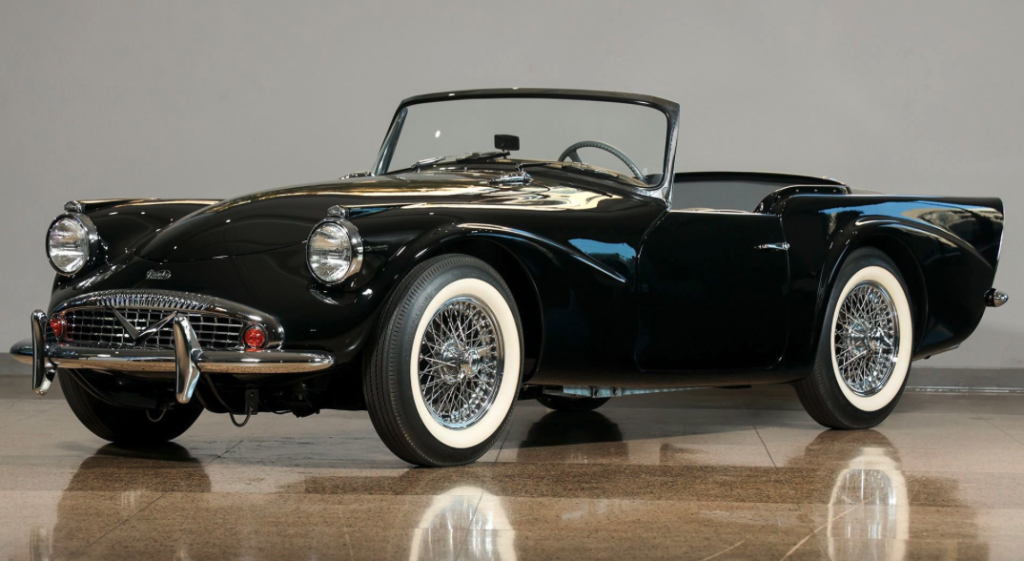
Daimler SP250
Daimler was well-known for its patrician saloons, which made the arrival of the Dart in 1959 all the more surprising. The car’s glassfibre body was wildly sculptured, and not everyone warmed to the styling, but its Edward Turner-designed 2.5-litre ‘hemi’ V8 was a gem. It was swiftly renamed SP250 because Chrysler had copyrighted the Dart tag, but the model never really hit its stride. Just 2654 were made until 1964.
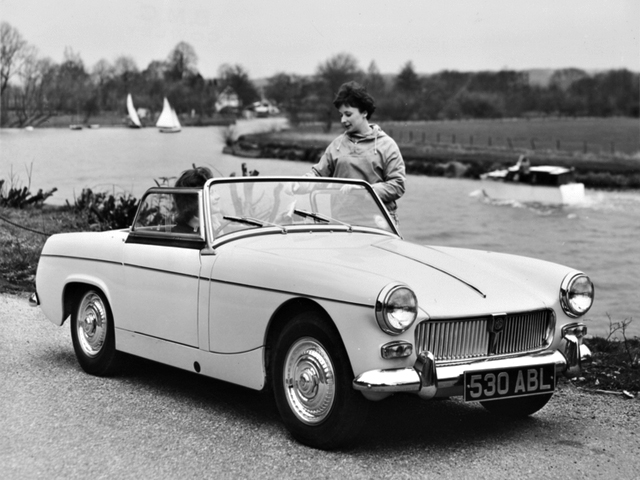
MG Midget/Austin-Healey Sprite
The original ‘Frogeye’ Sprite was launched in 1958 and became a big hit, not least in the USA. The more conventional-looking Mk2 version arrived in 1961 and also spawned the ‘badge-engineered’ MG Midget. Variations on the ‘Spridget’ theme would continue to 1979, although the Austin-Healey tag was killed off in 1971. These little A-series-engined roasters punch above their weight in any of their various configurations.
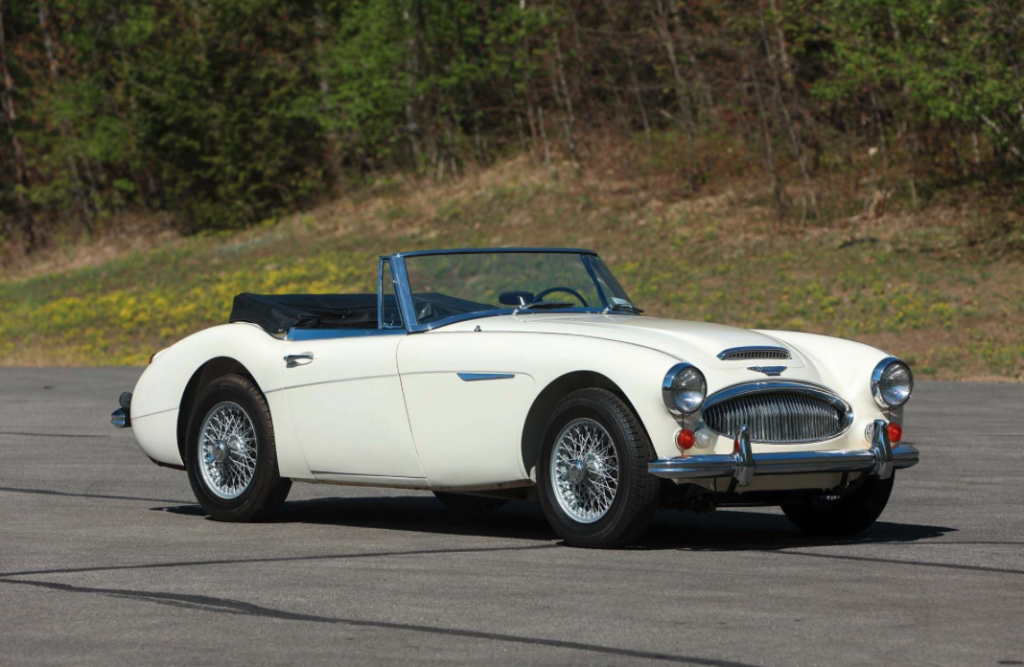
Austin-Healey 3000
The ‘Big’ Healey arrived in 100-6 form in 1956, the closely-related 3000 being introduced three years later. Marrying beautifully proportioned looks with straight-six power, there was nothing particularly sophisticated about its makeup. These were rugged sports cars, and not the easiest to drive, but they won major rallies and also competed at Le Mans. The 3000 was pensioned off in 1967. A mooted four-litre Rolls-Royce-engined version didn’t enter production.
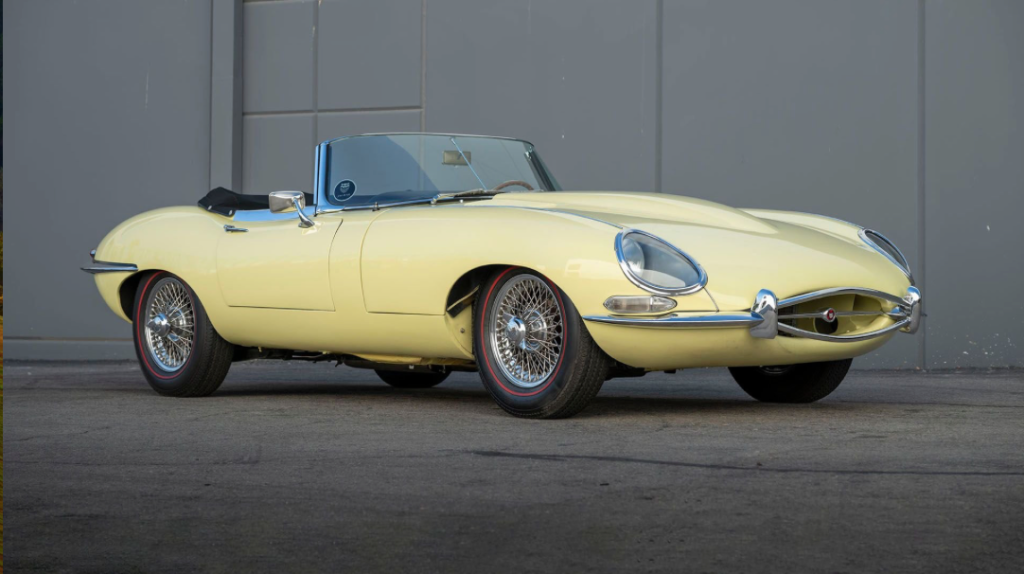
Jaguar E-type
The E-type famously caused a furore after it was launched at the Geneva Motor Show in March 1961. It married dizzying beauty with electrifying performance thanks to its race-proven 3.8-litre straight-six engine, and it did so at a bargain price. Offered in open and closed forms, demand outstripped supply. The Beautiful People clamoured to land one. However, you could argue that some of the original car’s purity was lost in later years, the V12-engined variant clinging on until 1974.
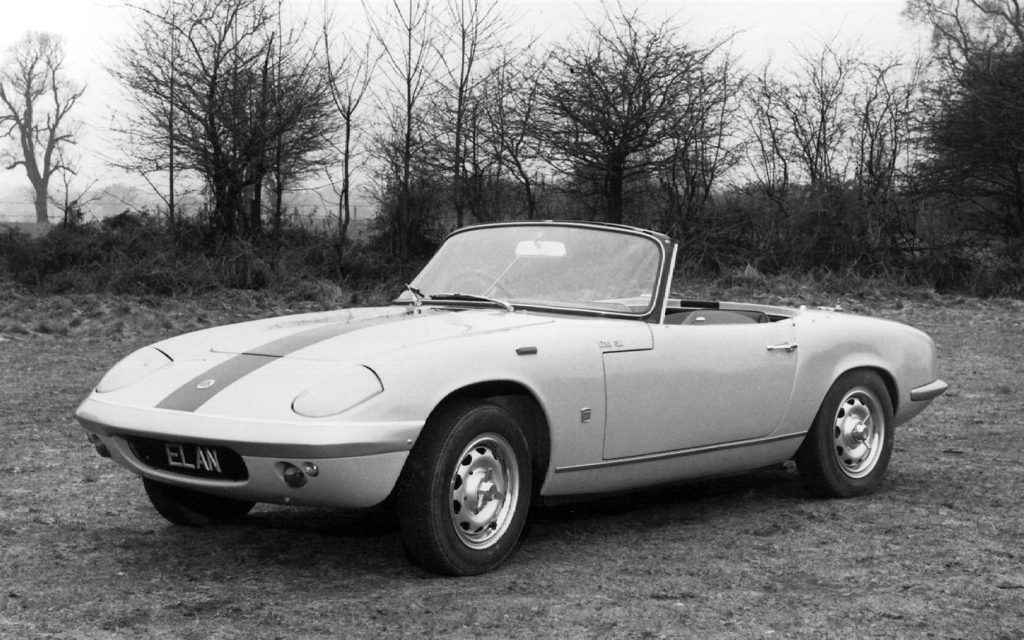
Lotus Elan
The dinky, flyweight machine represented a masterclass in packaging. Powered by a twin-cam four-cylinder engine that was rooted in the Ford ‘Kent’ unit, it employed an easy-to-fabricate backbone chassis and a glassfibre body, its wooden dashboard acting as a structural member. Little could touch an Elan on twisty backroads when it was launched in 1962. Not much can now.
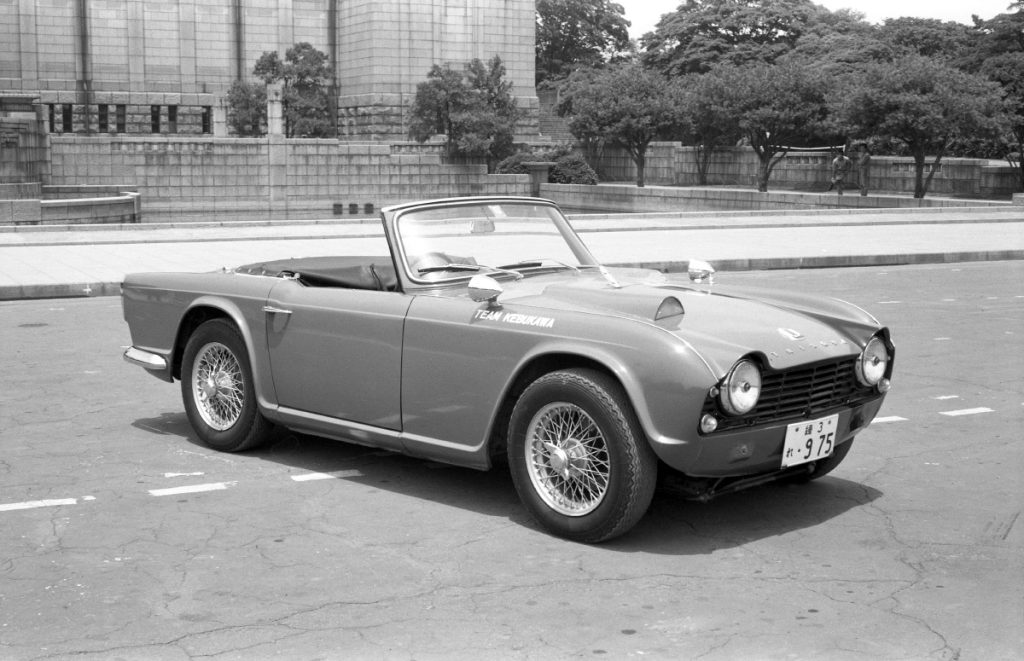
Triumph TR4
While closely related to the prior TR3A, this attractive roadster had a look all of its own. The car was styled by prolific Italian designer, Giovanni Michelotti, and powered by a robust 2138cc four-cylinder unit. Just over 40,000 were sold over three and a half years, the lion’s share heading Stateside. The TR4A arrived in 1964 and featured independent rear suspension. It remained in production until 1967 when the visually similar, straight-six-powered TR5 came online.
Which of these classic British sports cars steals your heart? The raw Sunbeam Tiger, the elegant E-type, or the playful Lotus Elan? Share your pick below.
Protect your classic car
Keep your classic on the road with classic car insurance built by car lovers, for car lovers. Rated ‘Excellent’ on TrustPilot.
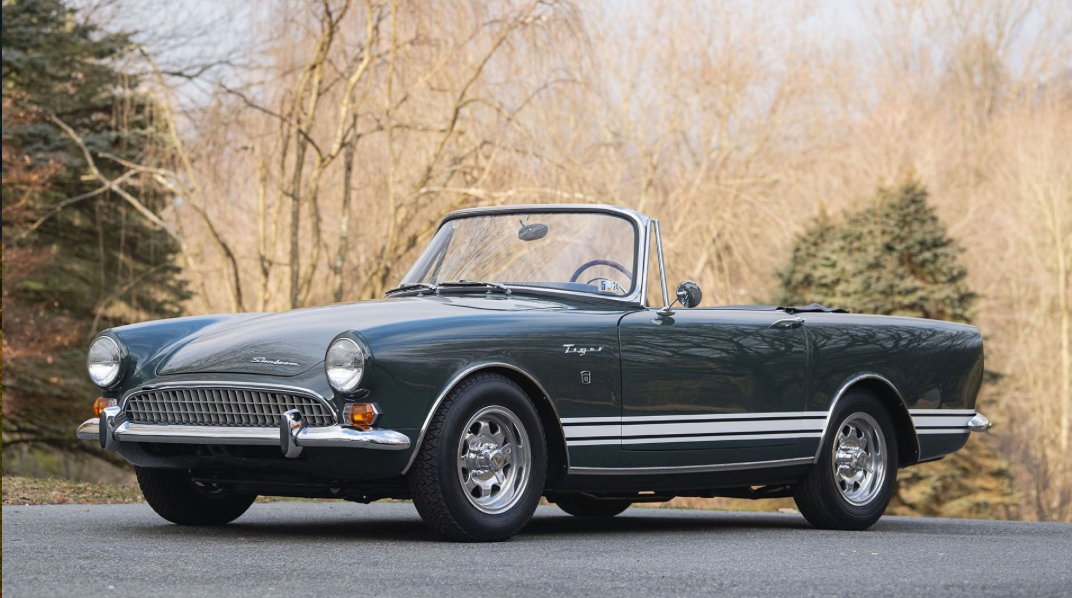
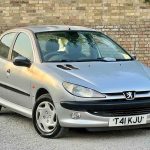
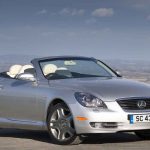


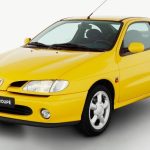
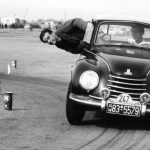
A real trip down memory lane. Just shows what the British Motor Industry produced in its heyday. For all of the faults of some of them, you cannot fail to look at them with nostalgia and, yes, a certain amount of pride.